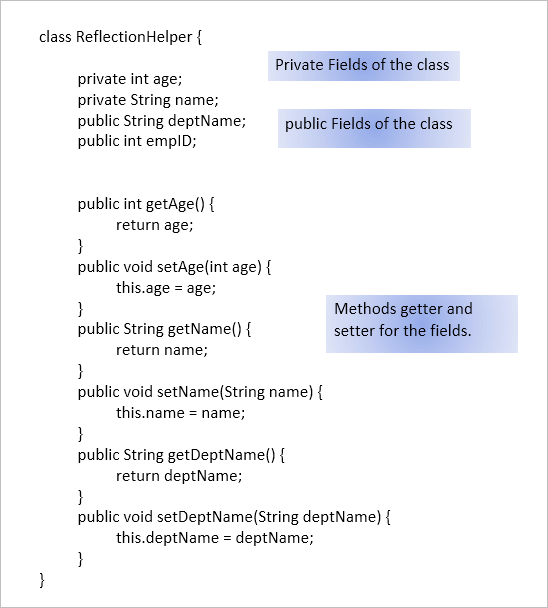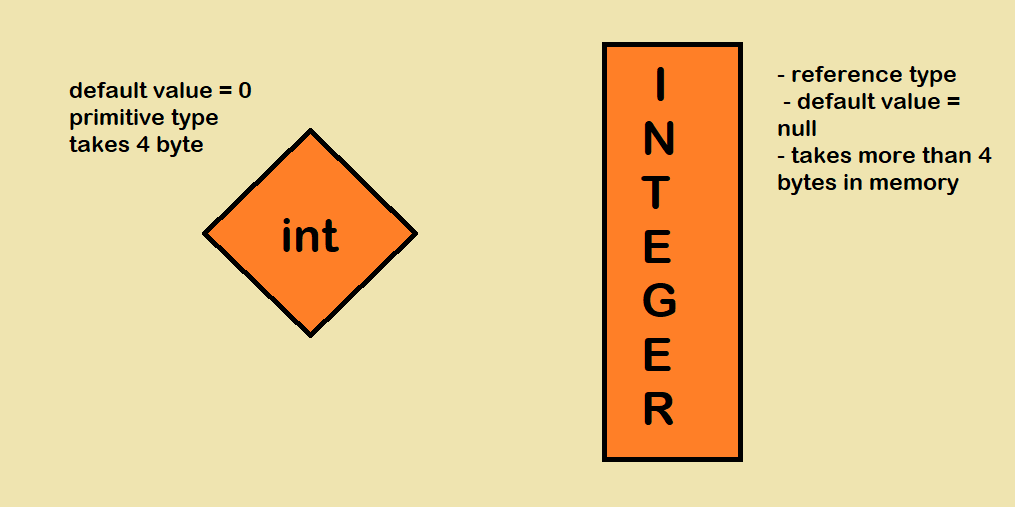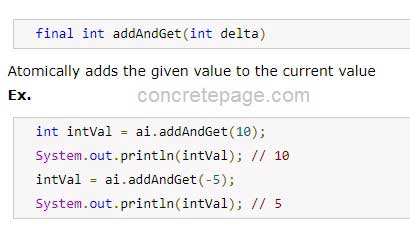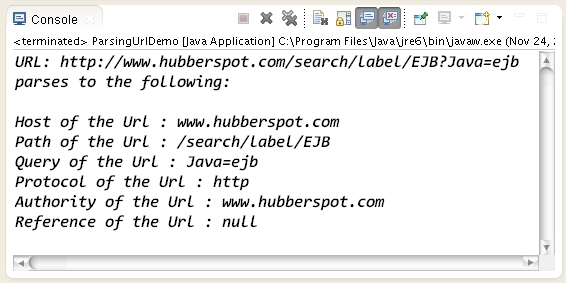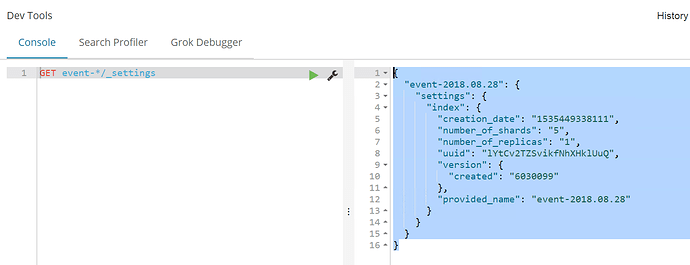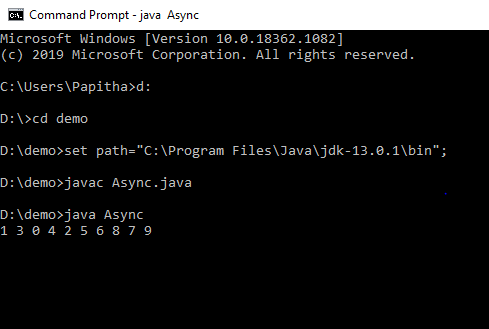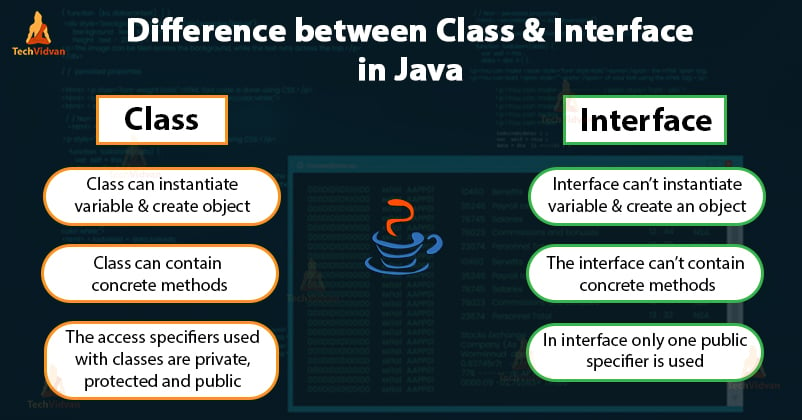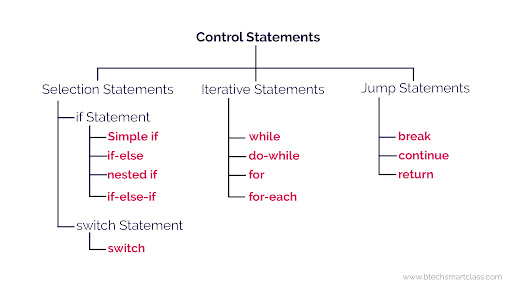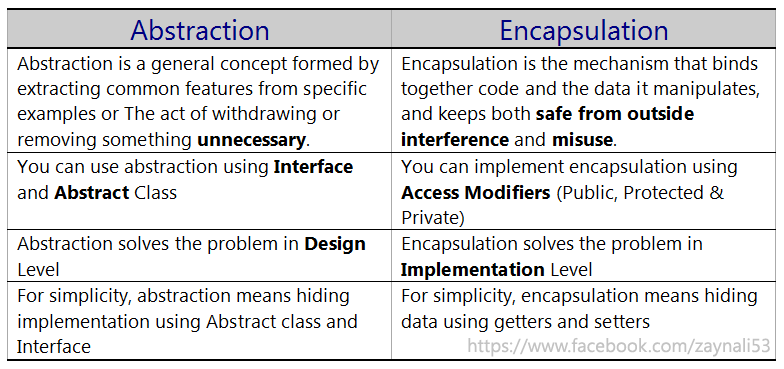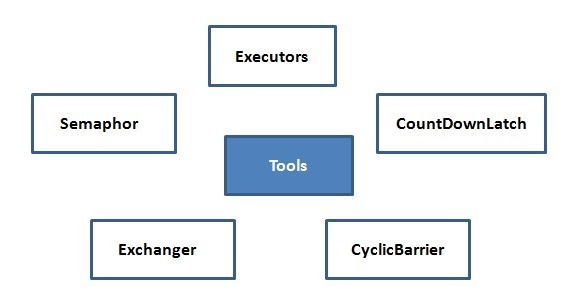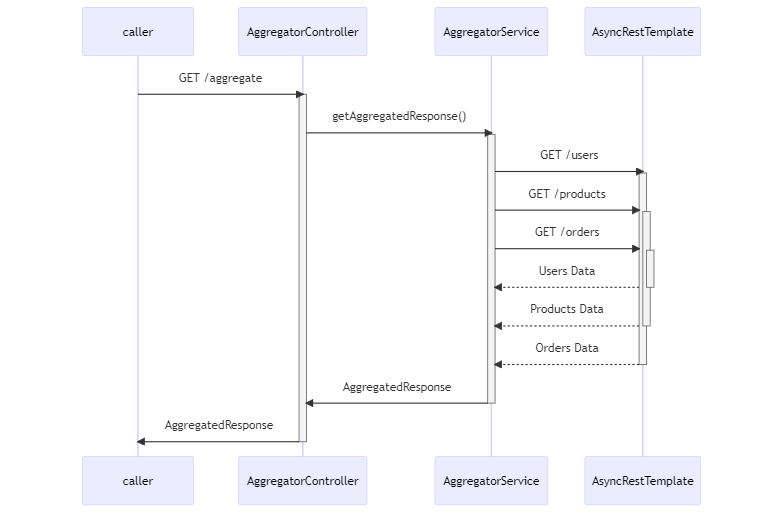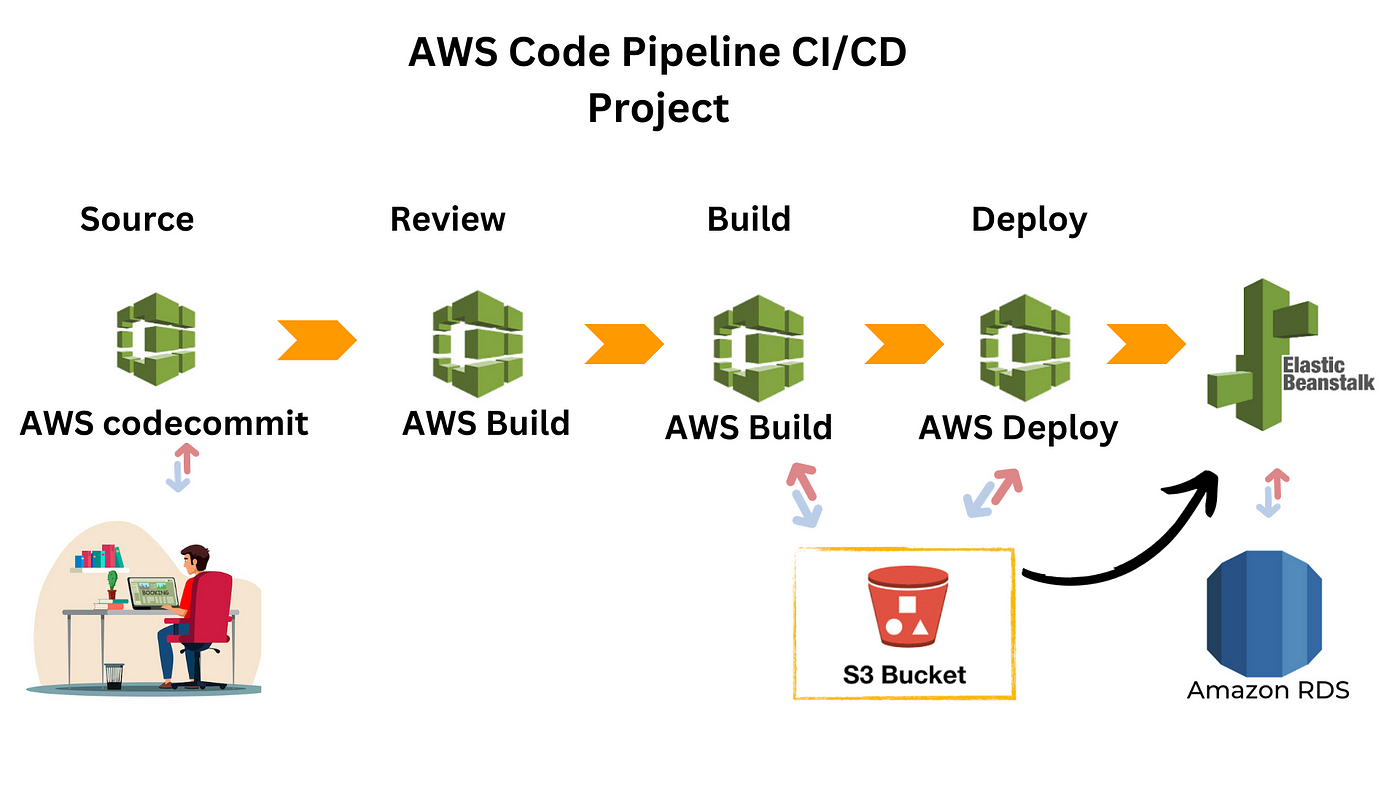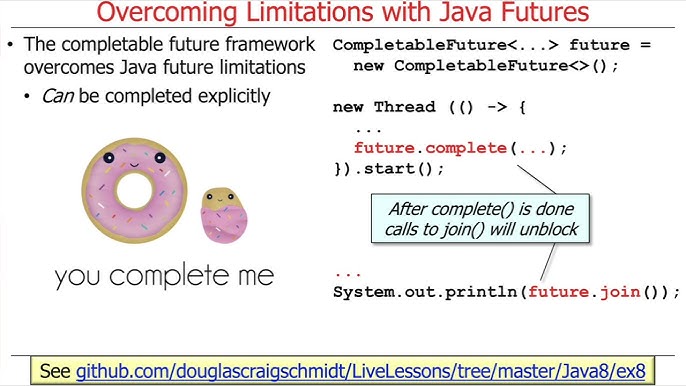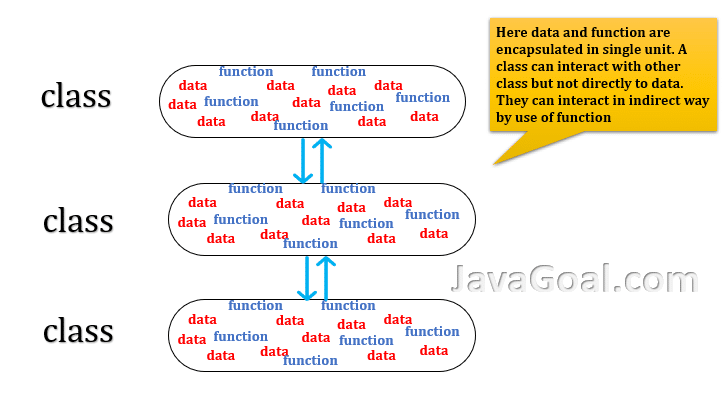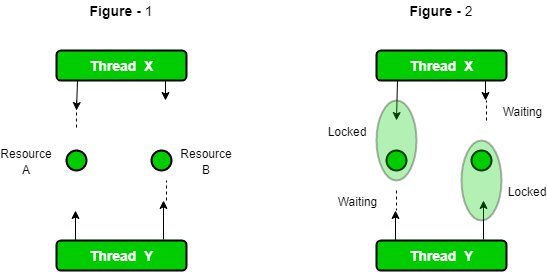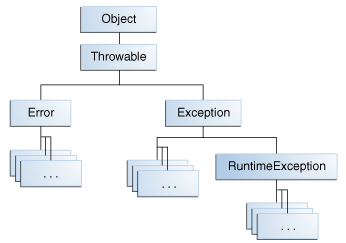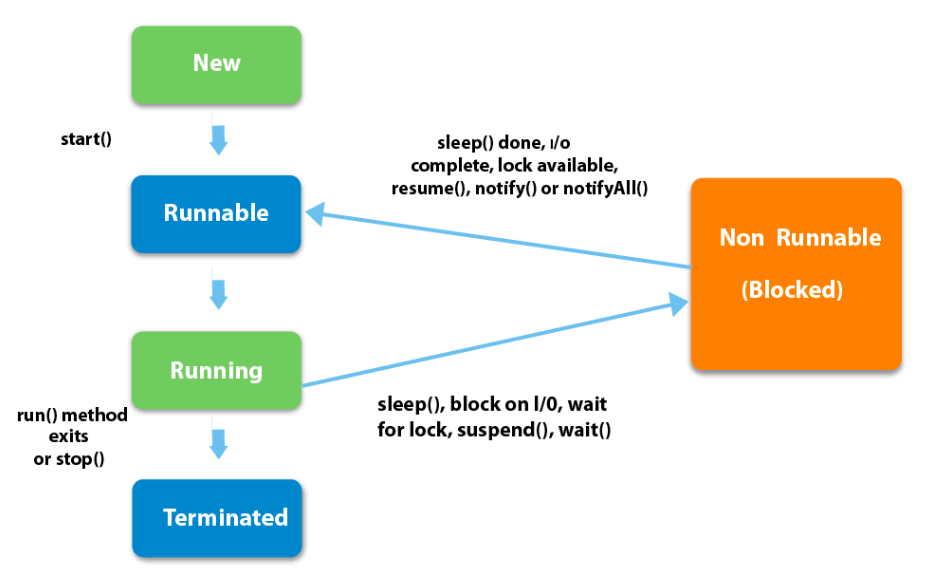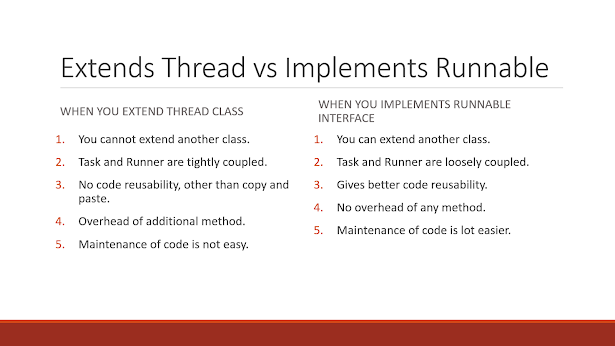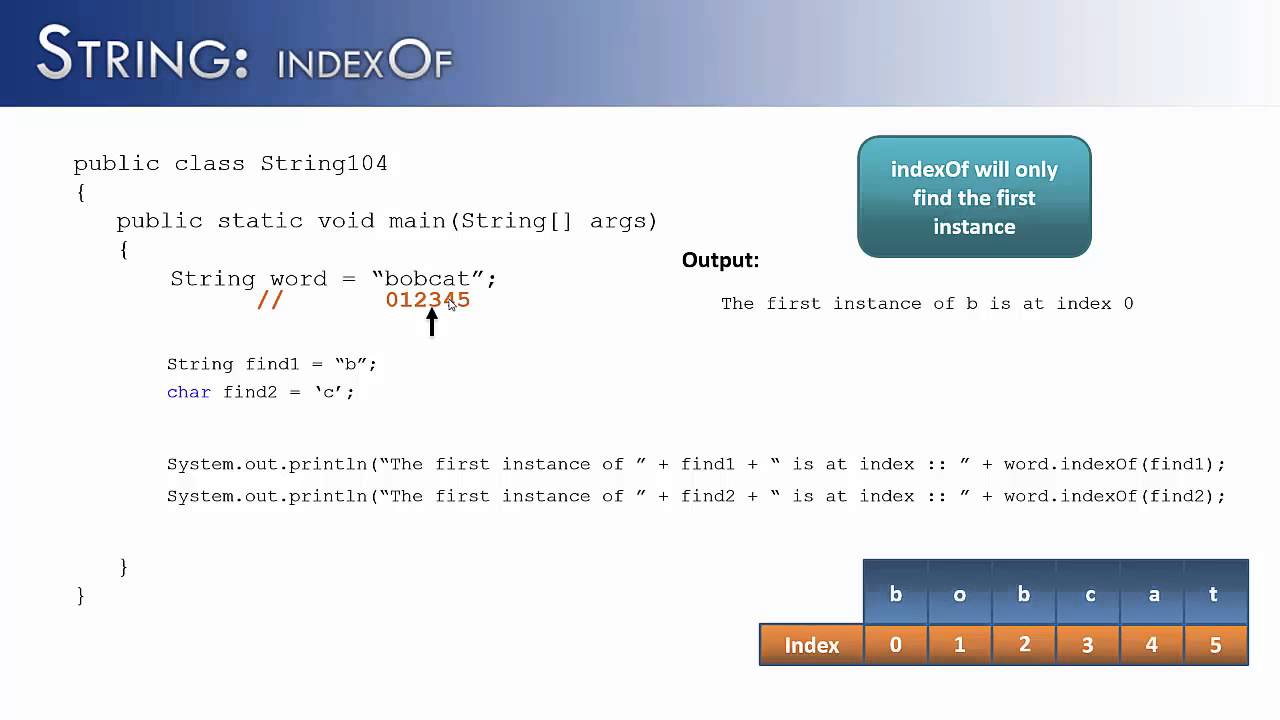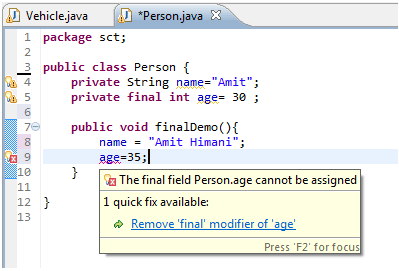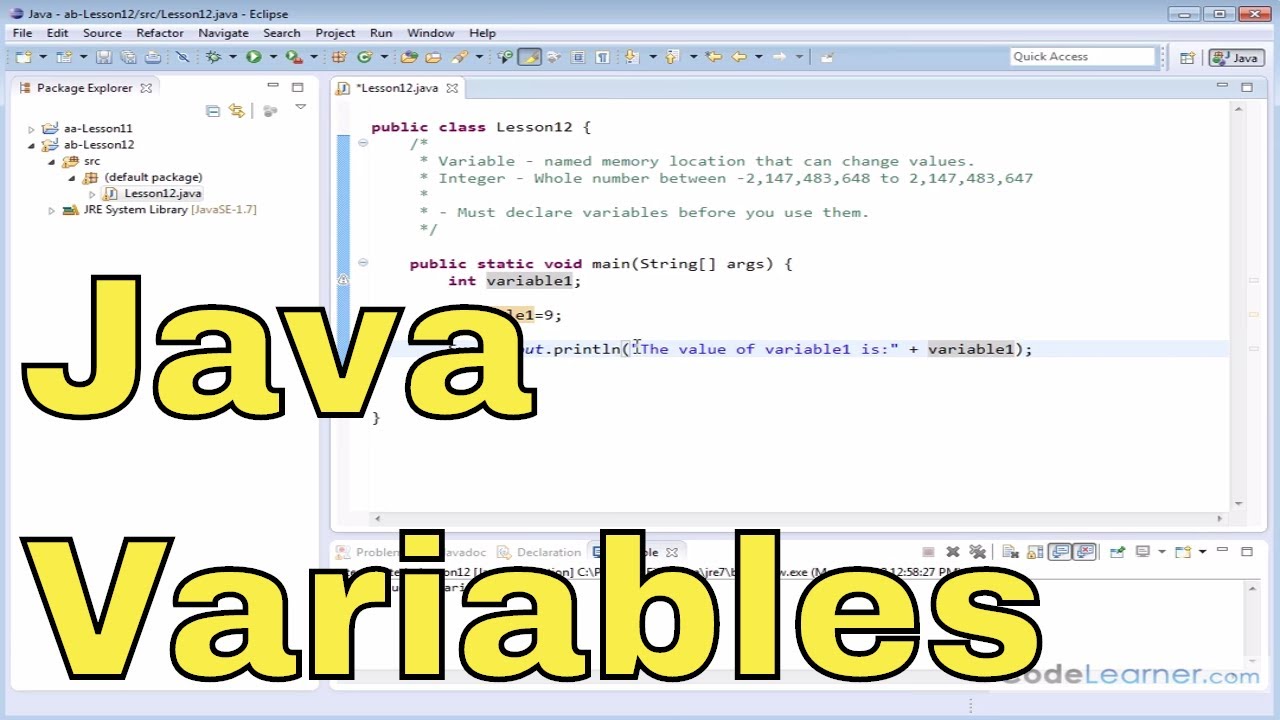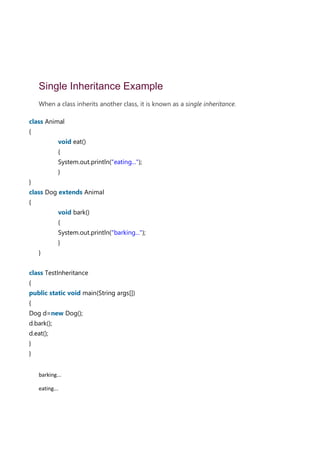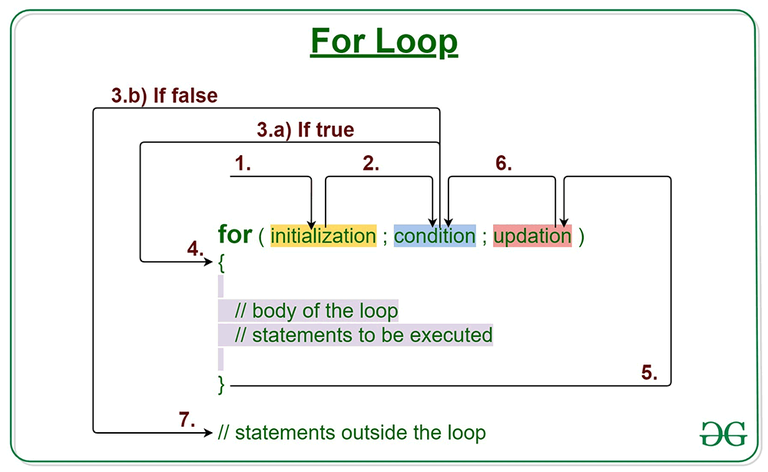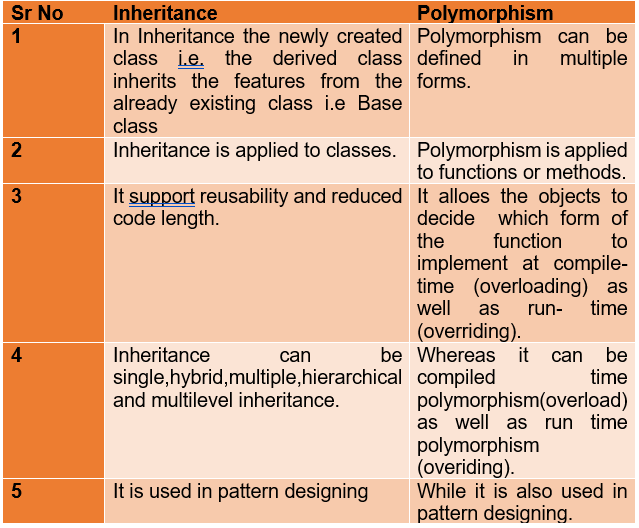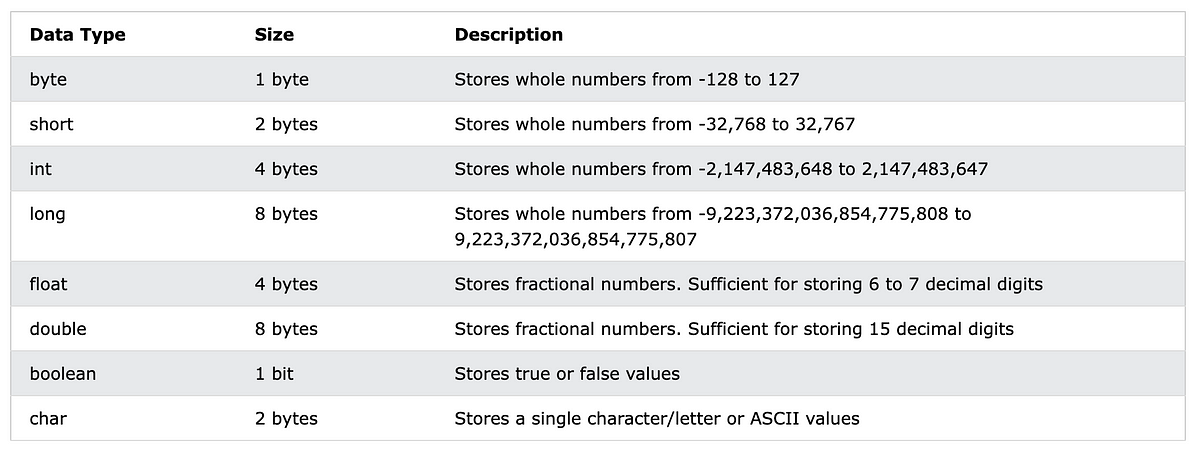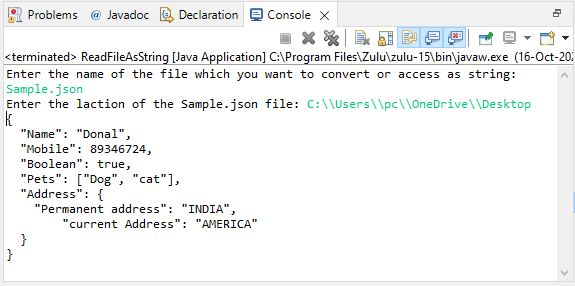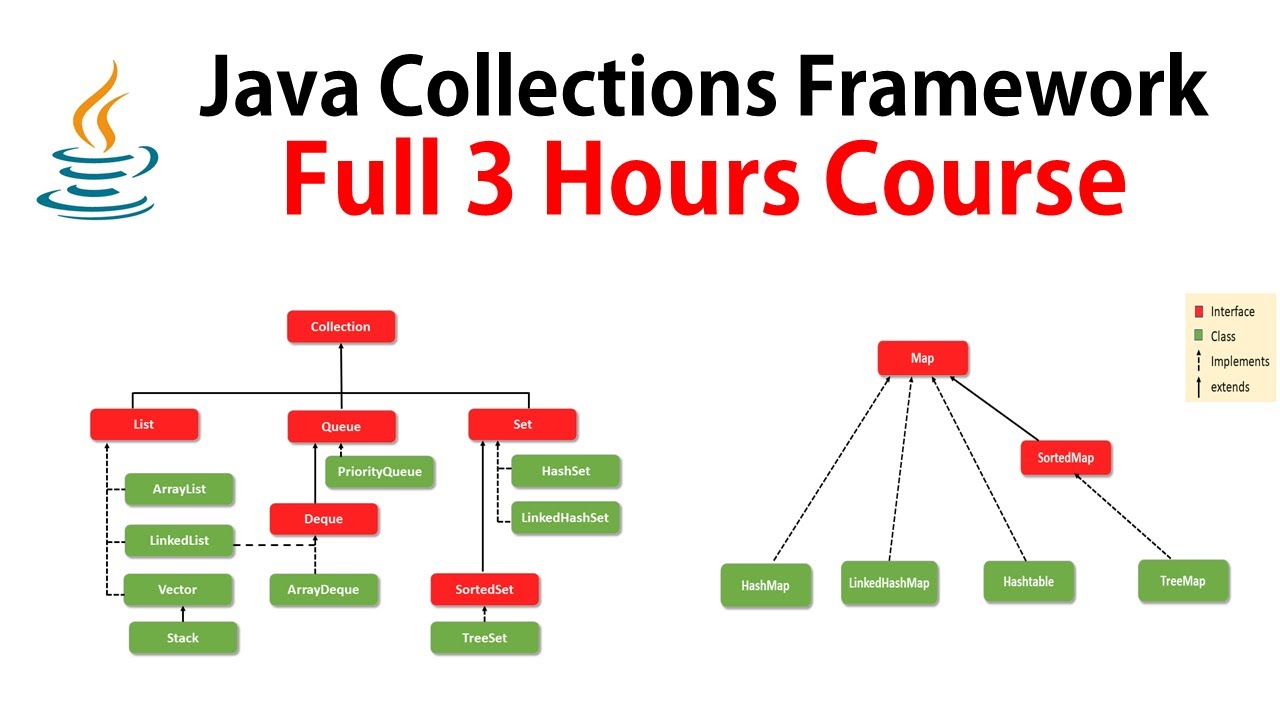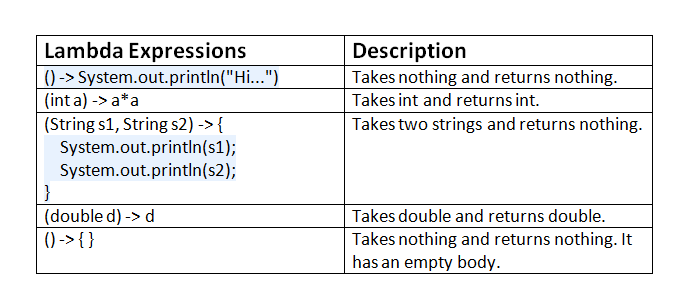java reflection use cases
java reflection use cases
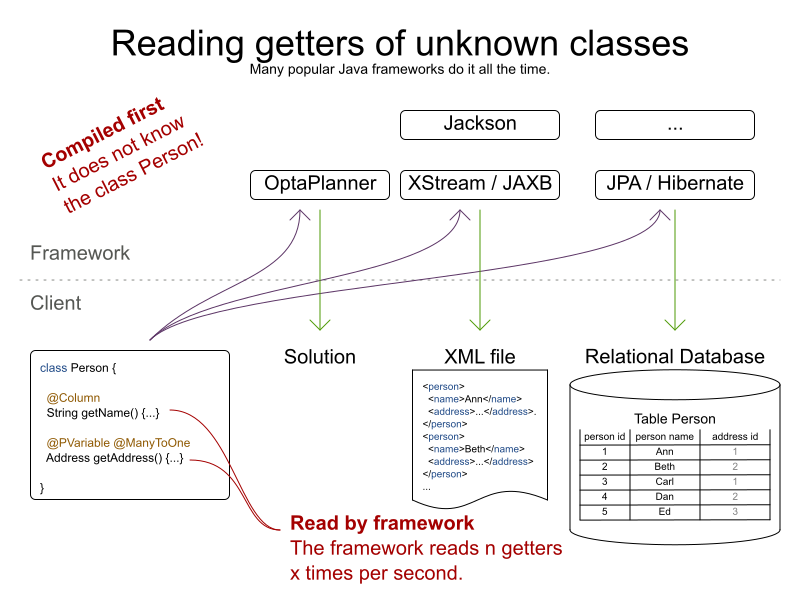
I'd be happy to help! Here are some Java reflection use cases:
1. Creating Objects Dynamically
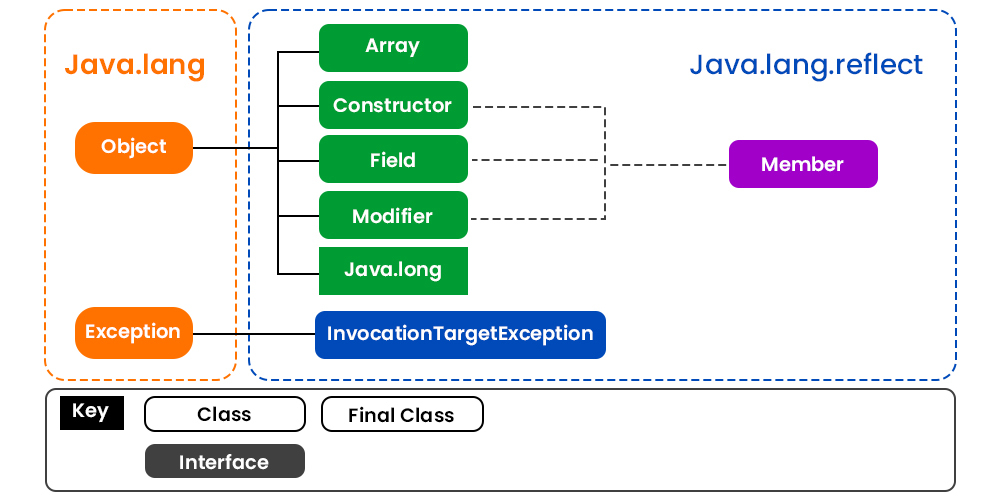
One common use case for Java reflection is creating objects dynamically. Imagine you have a method that needs to create instances of different classes based on certain conditions or input parameters. Reflection allows you to do just that.
For example, let's say you have an interface Animal and multiple implementations like Dog, Cat, etc. You can use reflection to create instances of these classes based on certain conditions. For instance:
Method method = Animal.class.getMethod("makeSound");// Create a dog or cat instance dynamically
Object instance;
try {
instance = method.invoke(new Dog(), null); // or new Cat()
} catch (Exception e) {
// handle exception
}
2. Invoking Methods Dynamically
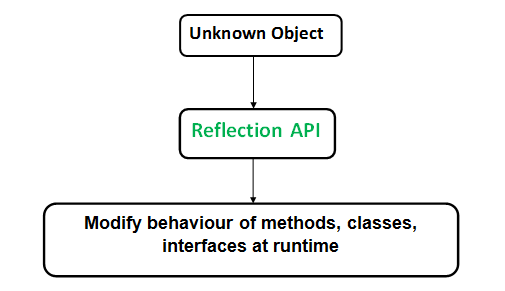
Another use case is invoking methods dynamically. This can be particularly useful when you need to execute different logic based on certain conditions.
For example, let's say you have a class Person with multiple methods like walk(), run(), etc. You can use reflection to invoke these methods dynamically:
Method method = Person.class.getMethod("walk");try {
method.invoke(new Person()); // or any other person instance
} catch (Exception e) {
// handle exception
}
3. Getting Method Parameters
Reflection also allows you to get the parameters of a method. This can be useful when you need to know what kind of data a method expects as input.
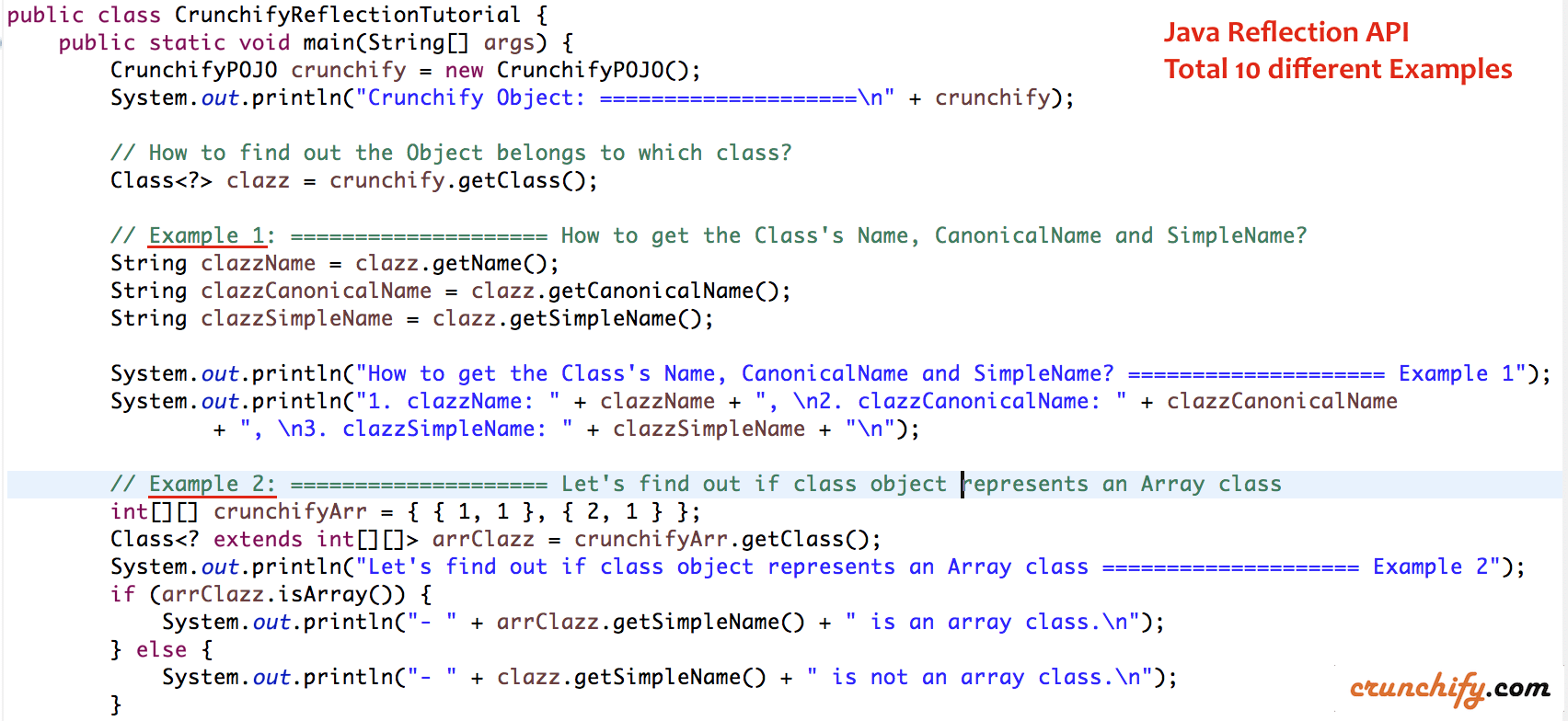
For example, let's say you have a method calculate(int x, int y) that takes two integer parameters. You can use reflection to get these parameters:
Method method = Person.class.getMethod("calculate", int.class, int.class);// Get the method parameters
Parameter[] params = method.getParameters();
for (int i = 0; i < params.length; i++) {
System.out.println("Parameter " + i + ": " + params[i].getType());
}
4. Using Java Reflection with Annotations
Annotations are a great way to add metadata to your code, and Java reflection allows you to access this metadata at runtime.
For example, let's say you have an annotation @Loggable that marks certain methods as loggable:
@Target(ElementType.METHOD)@Retention(RetentionPolicy.RUNTIME)
public @interface Loggable {
// optional attributes
}
You can use reflection to check if a method is annotated with @Loggable:
Method method = Person.class.getMethod("doSomething");// Check if the method has the @Loggable annotation
if (method.isAnnotationPresent(Loggable.class)) {
System.out.println("This method is loggable!");
}
5. Using Java Reflection for Security
Java reflection can also be used to enforce security and authorization checks at runtime.
For example, let's say you have a class SecureMethod that requires certain permissions to invoke its methods:
public class SecureMethod {@RequiresPermission("read")
public void read() {
// method implementation
}
@RequiresPermission("write")
public void write() {
// method implementation
}
}
You can use reflection to check if a method has the required permission before invoking it:
Method method = SecureMethod.class.getMethod("read");// Check if the method requires the "read" permission
if (method.isAnnotationPresent(RequiresPermission.class) && ((RequiresPermission) method.getAnnotation(RequiresPermission.class)).value().equals("read")) {
// invoke the method only if the required permission is present
}
These are just a few examples of Java reflection use cases. Reflection can be used for many more scenarios, such as logging, testing, and dynamic proxying.
java reflection invoke method
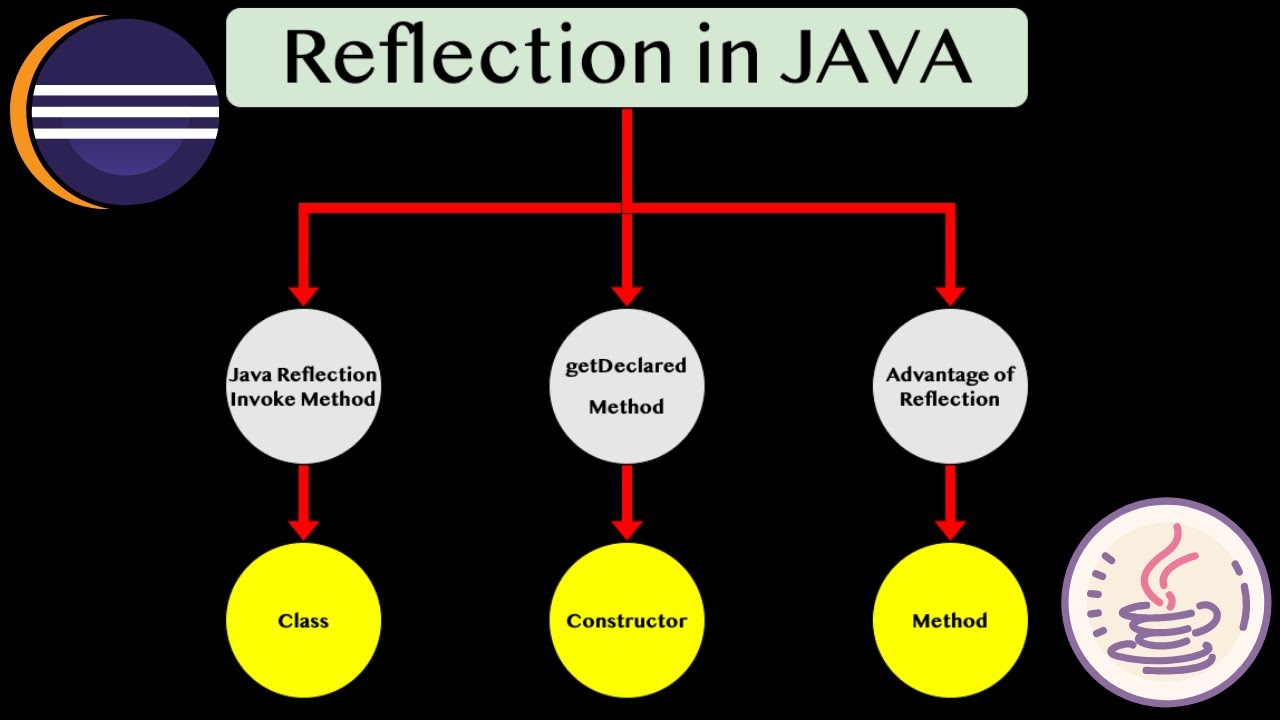
Java Reflection: Invoking Methods
Reflection is a powerful feature in Java that allows you to inspect and modify the behavior of classes at runtime. This can be useful for things like logging, testing, and dynamically generating code. One of the most common uses of reflection is to invoke methods on objects.
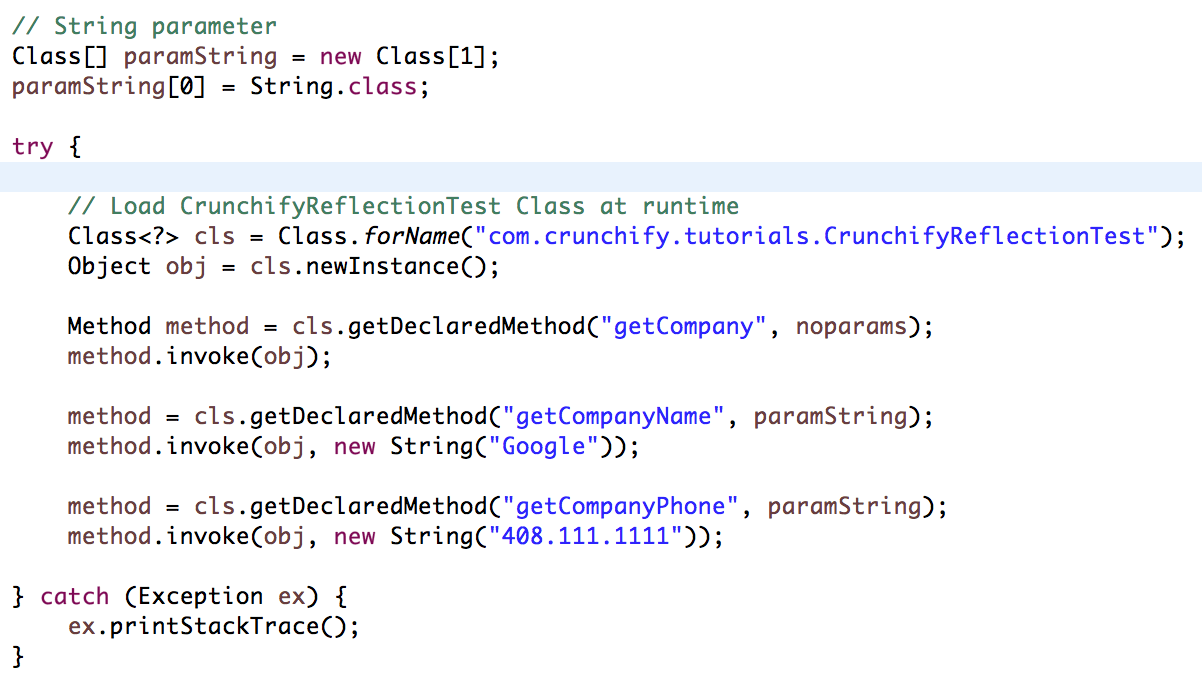
To start with reflection, you need to get a hold of the Class object for the class that has the method you want to call. You can do this using the Class.forName() method:
Class clazz = Class.forName("FullyQualifiedClassName");
Once you have the Class object, you can use its methods and fields, such as getMethod(), getDeclaredMethod(), getField(), getDeclaredField(), etc.
Here's an example of how to invoke a method using reflection:
public class Main {public static void main(String[] args) throws Exception {
// Get the Class object for the class that has the method
Class<?> clazz = Class.forName("MyClass");
// Get the method you want to call
Method method = clazz.getMethod("myMethod", String.class);
// Create an instance of the class (you need one to call the method)
Object instance = clazz.newInstance();
// Call the method
method.invoke(instance, "Hello");
}
}
In this example, we first get a hold of the Class object for MyClass. Then, we use the getMethod() method to find the myMethod() method that takes a String as an argument. We create an instance of MyClass, and then call the method using the invoke() method.
If the method you're trying to invoke is not public or static, you'll need to get it through another way, such as getMethod(), getDeclaredMethod(), etc. Here's how to do that:
// Get a non-public methodMethod privateMethod = clazz.getDeclaredMethod("privateMethod");
privateMethod.setAccessible(true); // make the method accessible
// Call the method
privateMethod.invoke(instance);
In this case, we use getDeclaredMethod() to get the method. Then, we call setAccessible(true) to allow us to access the non-public method.
You can also use reflection to set values of fields or properties:
Field field = clazz.getDeclaredField("myField");field.setAccessible(true);
field.set(instance, "Hello");
In this example, we get a hold of the myField field using getDeclaredField(), and then call set() to set its value.
Reflection is very powerful tool in Java that can be used for many things. Here are some common scenarios:
Dynamically calling methods: Using reflection you can dynamically call methods on an object based on the method name or signature. Serialization and deserialization: You can use reflection to read and write serialized data from/to a file. Generating code dynamically at runtime: Reflection is used in frameworks such as Hibernate, JPA and others to generate dynamic SQL queries for database operations. Logging: Many logging frameworks use reflection to automatically capture method calls, exceptions, etc.Here are some things you should be aware of when using reflection:
Performance: Reflection can slow down your application significantly if used in a tight loop or with large objects. Security: When using reflection, you need to make sure that the code you're executing is safe and won't compromise your system's security.Here are some scenarios where you should use reflection:
When you don't know method at compile time: If you want to call a method dynamically based on some condition or data from a database, you can use reflection. When the code needs to be dynamic: If your code depends on some external configuration that cannot be determined until runtime, reflection is suitable for this. When you need to call methods on an object in a different way: If you have objects with complex APIs and you want to call those methods from outside of those objects, reflection can help.Here are some scenarios where you should not use reflection:
When performance is critical: Reflection can be slow compared to other ways of doing things. When the code needs to be secure: If your code involves sensitive or confidential data and you don't want unauthorized access, reflection might not be suitable for this. When there are simpler alternatives: If you have a method that is used frequently in your code and it's not a good candidate for dynamic invocation, reflection may not be the best choice.In conclusion, Java Reflection is powerful tool that can be used for many things. However, you should use it carefully, considering its performance, security implications, and the complexity of using reflection in certain scenarios.
